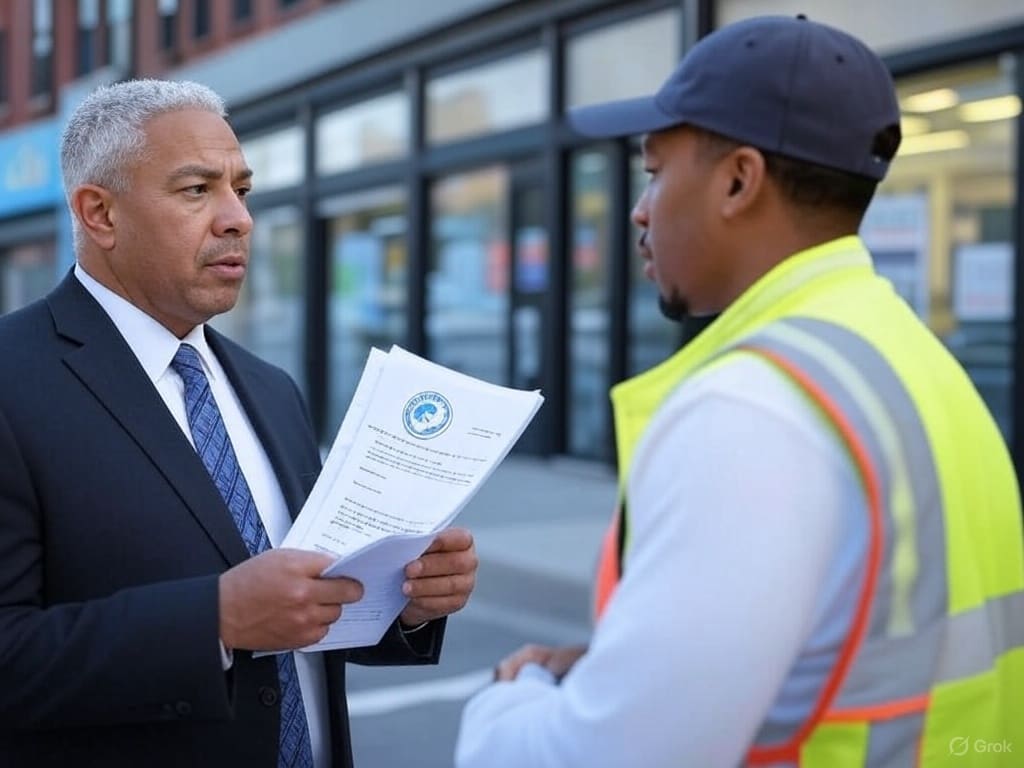
Queens Homeowner’s Guide to Mold & Asbestos: Prevention, Remediation & NYC Rules
Key Takeaways for Queens Residents: Owning property in Queens involves unique considerations, from managing moisture in diverse housing types (single-family homes, multi-family dwellings, apartments) to










